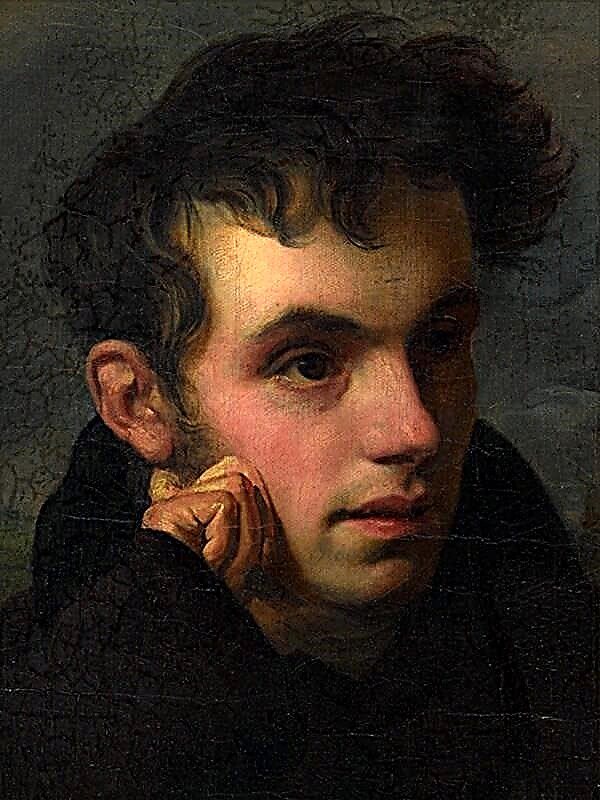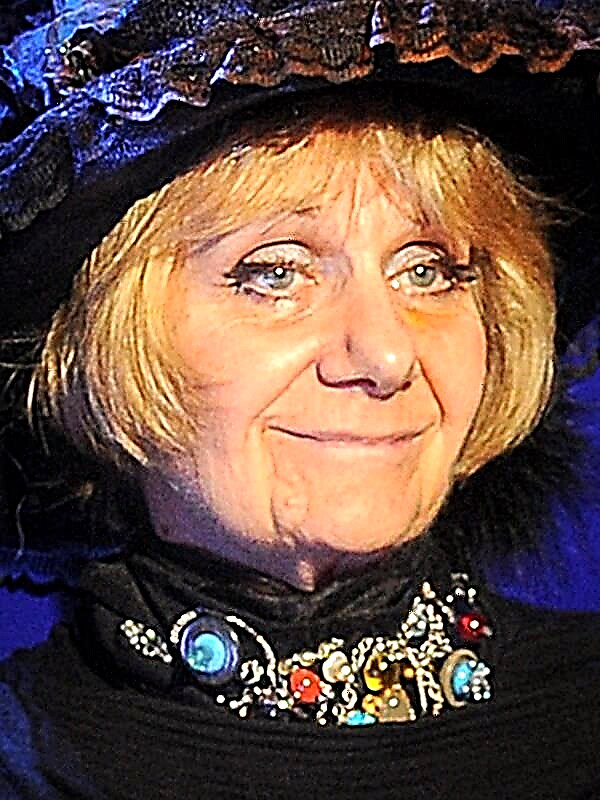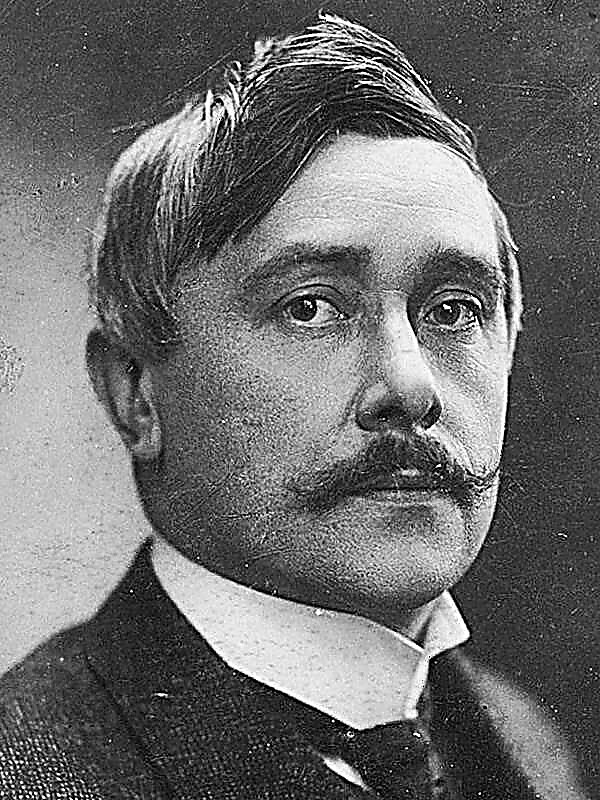In his works N. Nekrasov exposed not only serfdom, but also global social injustice, which made the life of the people an unbearable burden. Due to the lack of social support from the state, the peasants did not live very long, many of them died in the prime of their lives, without waiting for medical help. The family of the deceased breadwinner was also doomed to a quick death. The author speaks about this problem in the poem “Frost, Red Nose”.
History of creation
The harsh truth of the life of a peasant was well known to Nekrasov, who had grown up in a landowner family, and had been closely associated with serf children throughout his childhood. The red line through all his work runs through the theme of the plight of the peasants and their families. He devoted many poems to the difficult fate of a simple Russian serf woman. He developed this theme in the poem Frost, The Red Nose, which he wrote in 1863 and dedicated to his sister Anna.
One of the factors that influenced the creation of the poem was the unstable political situation in the country, which shook the spirit of a democratically minded Russian intelligentsia. To raise the patriotic spirit of compatriots, Nekrasov created a work in which he not only described the share of the Russian woman, but also admired her beauty and moral strength. This image of the “majestic Slav” has forever remained in Russian literature as the standard of Russian women.
Genre, direction and size
The work is written in the amount of amphibrachia, has a paired rhyme. Genre is a poem.
N. Nekrasov positioned himself as a poet of a realistic direction. His work was greatly influenced by the “natural” school, following the traditions of which the poet in great detail described the life and working days of the peasant.
In addition, the author was a fan of the talents of Zhukovsky and Lermontov. Traces of romanticism can be traced in the poem "Frost, Red Nose." As you know, the main genre of romantic poetry is a ballad. Its key features can be seen in the Nekrasov poem: it is mystery, mysticism, fantastic elements of the otherworldly. The plot itself is very reminiscent of the classic ballad plot: far from people and cities, a person falls under the power of magic spells, and this phenomenon often brings him suffering or death. The poem "Frost, Red Nose", thus, bears the features of two literary directions at once: realism and romanticism.
Images and Symbols
The main characters of the poem are the peasant Daria and the lord of winter - the Frost-voivode. First, the narrator discusses the plight of the Russian peasant woman, and then turns to the image of Daria, the widow of the peasant Proclus, who remained with her young children without a breadwinner.
- Darya - A real Russian woman who with dignity endures all hardships of life, cold and hunger. She believes that the salvation of a person consists in honest work and family values, she devotes herself to her husband and children. After the death of her beloved heroine, she is forced to take on all men's duties, including replenishing firewood. In the forest, she meets with another central character of the poem.
- Frost Voivode - This is a fantastic creature, which in folklore is the master of the cold and winter time of the year. The image of this character is familiar to us from the fairy tale "Frost". In the poem, Frost is represented by a majestic and indomitable force that rules the fates of the people who fell into her power and severely punishes disobedience. Experiencing Daria in the cold, the hero sees how strong her will is, and taking pity, freezes her from the torment of this life with an icy breath. This makes him the savior of the main character, but makes readers worry about the fate of her children left without a mother and father. As you can see, the image of Frost is ambiguous and closely connected with the folk tradition, which permeates the whole poem. If in the tales the omnipotent magician gives those who passed the test, happiness, then in this work he rewards a woman with death. No, it's not cruelty. Just for Daria there is no happiness in the world, since there is no beloved husband in the world. Therefore, the cause of her suffering is not an evil stepmother, but life itself in solitude. Frost kills her to reunite with her husband.
Themes, problems and mood
The main theme of the poem is the terrible fate of the Russian peasant woman. “Frost, Red Nose” is a poem about a mother, “a woman of the Russian land,” who has incomparable strength of mind. With her help, she withstands all the trials that evil rock sends. So the author describes them:
Fate had three hard parts
And the first part: to get married with a slave,
The second is to be the mother of the son of a slave,
And the third - to obey the slave to the grave,
And all these formidable beats fell
On a woman of Russian land.
Nekrasov sought to show the reader that on the shoulders of a peasant woman lies hard and exhausting work, which only a person of incredible willpower can endure. Overcoming the difficulties of the life of a widow with many children, the main character does not break even before the pressure of elemental, mystical power in the person of the Frost-voivode. Dying, Daria recalls her husband Proclus and, in the last moments of her life, resurrects in her memory all the good things that diluted her working days. The peasant woman is devoted to her love to the last, therefore, in the poem, you can safely highlight this topic as important. With all her worries, with all her lack of rights, she finds warmth and affection for her husband, care for children. This is the greatness of her soul.
The theme of death sounds in every line of the work. This motif sounds especially clearly in the first part of the poem, which tells about the death of Proclus. This episode is intended to show the reader how much grief and suffering the death of a parent brings to a peasant family. Describing the tragedy of one family, Nekrasov pointed to the plight of the whole simple Russian people.
A lot of problems are touched, the problems are rich. The author writes about the lack of qualified medical care for the peasants (and this is the largest social group in the country), about exhausting work that kills people, about the terrible working conditions. Ordinary people are left to their own devices: if no one goes to the woods in the cold, the whole family will freeze to death, and no one will help. The evil irony of the situation is that the poor workers do the most for the country for the rest, but at the same time they are the least protected class. In fact, they live as slaves, that is, without rights.
Main idea
The meaning of the poem is that the spirit of a Russian woman cannot be broken by any adversity. The poet took on the task of creating the image of a real Russian beauty, the “majestic Slav”, and endowed his heroine with high moral ideals. Behind the whole tragedy of Daria, we clearly see the author’s message that the Russian peasant women carry all of Russia on their shoulders, despite the indifference of the authorities and cruel injustice. Their faces reflect the true appearance of all of Russia.
“Frost, Red Nose” is also a poem about the tragedy of many peasant families left without a breadwinner, families in which the mother is forced to shoulder all the hard work. In this case, Daria’s love for Proclus is depicted by the author as a thread that binds heroes even after death. Love in a poem is a deep and strong feeling that makes up the very essence of a Russian woman. In this unshakable emotional uplift, which allows the heroine to overcome pain, cope with difficulties, lies the greatness of the Russian soul. The main idea of the poet is to show this soul in all its glory and to call on people of his circle to protect it.
Means of artistic expression
In order to emphasize the folk flavor, Nekrasov widely uses folk poetry, words and expressions that refer to the folk tradition. Widely represented in the text are “natural” metaphors and comparisons: “pava-bride”, “falcon-groom”; “As black as a dash”, “hawkeye”, etc. The layer of folk poetic vocabulary is also represented by a large number of epithets, one way or another connected with folklore: “combustible tears”, “gray-winged”, “welcome”, etc. .
The epithets by which the author describes the main character, emphasize her beauty and become, emphasize her attractiveness:
Beauty, the world is marvelous
Blush, slim, tall ...
We can also notice a large number of words with diminutively affectionate suffixes that refer us to folklore song motifs: “back”, “Savrasushka”, “Darushka”, “winter”, “Dubrovushka”, “girlfriends”, “scissors”, “cattle ".
When describing the appearance of the Frost Voivode, the author uses the anaphora technique to bring the reader to the climax of the work:
It’s not the wind that rages over the forest,
Streams didn’t run from the mountains,
Frost Voivode Watch
Goes around his possessions.
Thus, on the example of the poem “Frost, Red Nose”, we can trace how the folk-poetic layer of linguistic culture is organically woven into the fabric of the story, highlighting the national Russian flavor of the poem with bright colors.

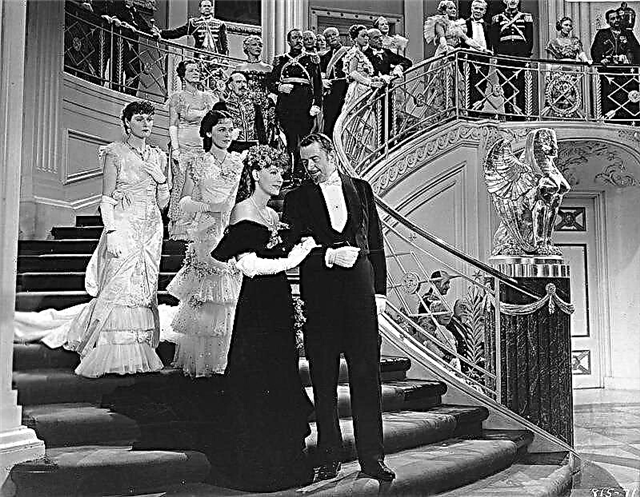
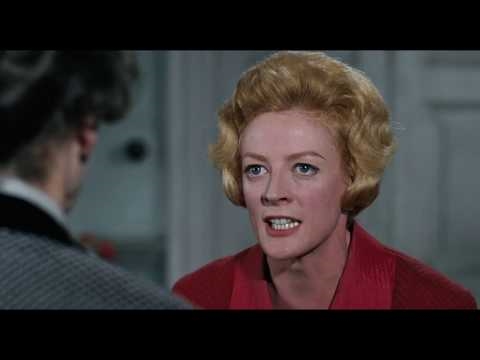


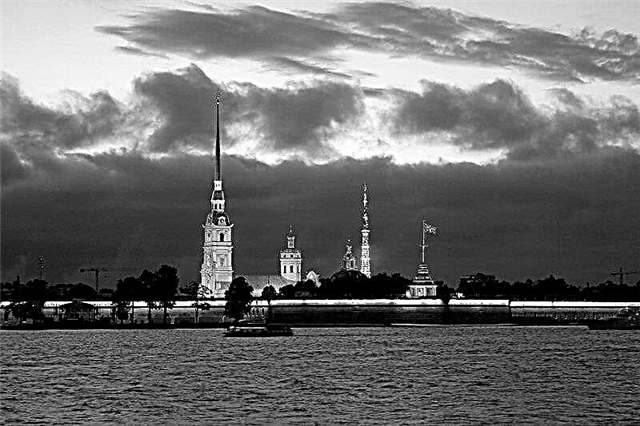

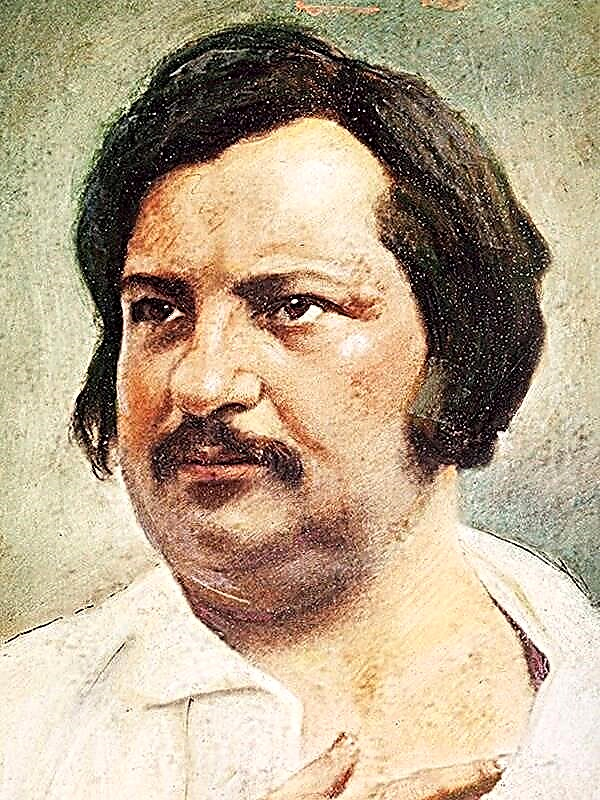 Shuans
Shuans